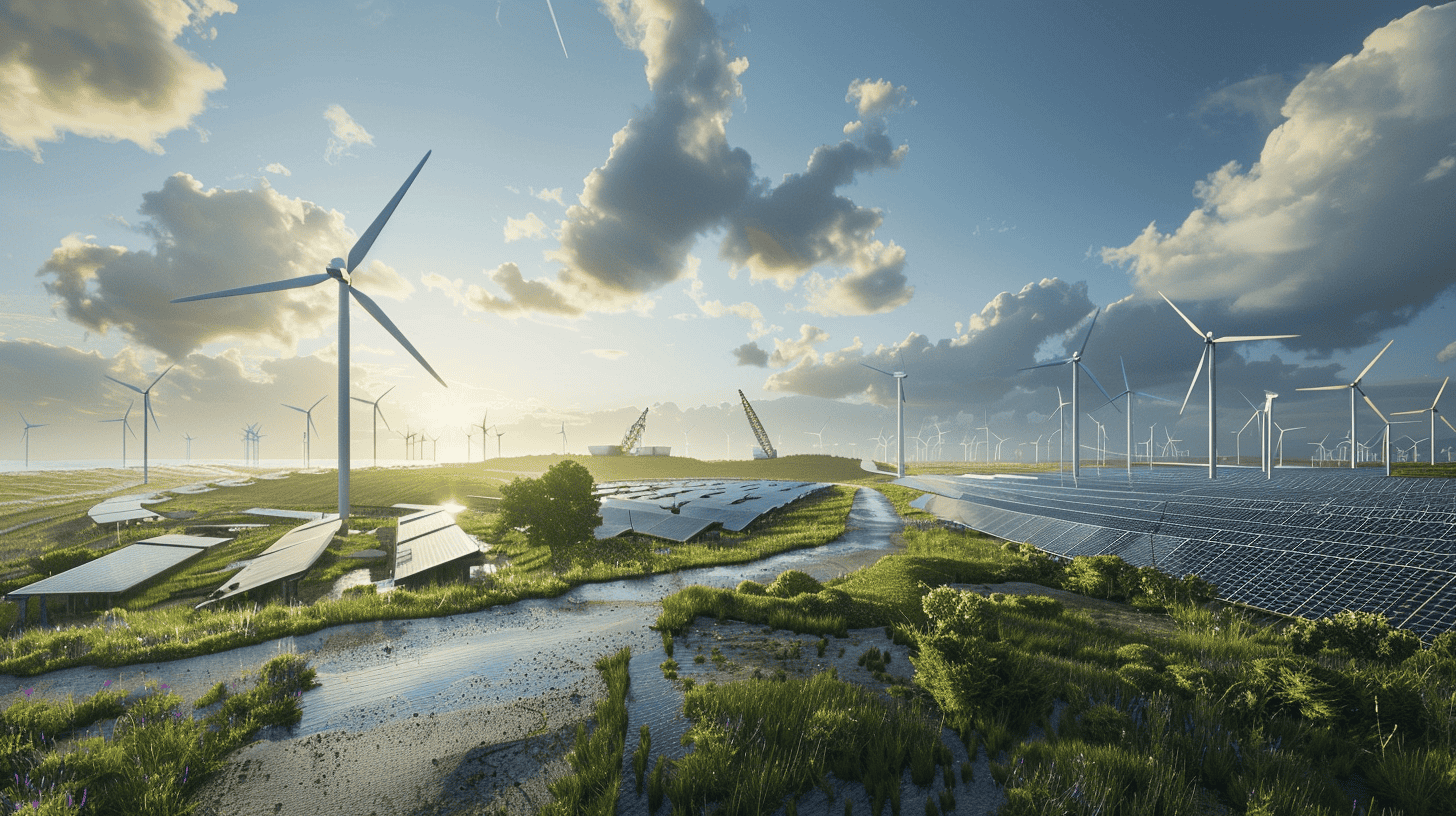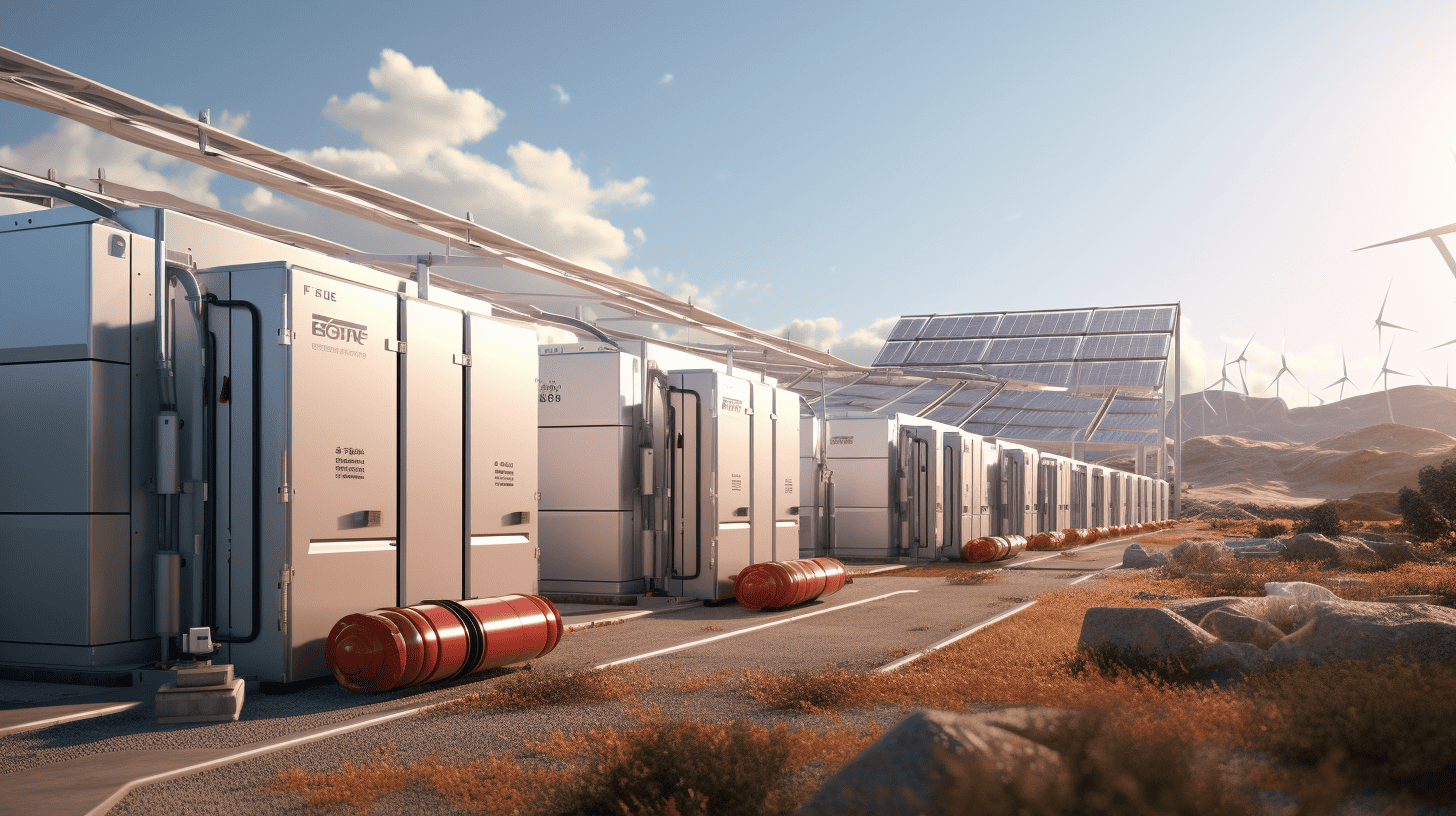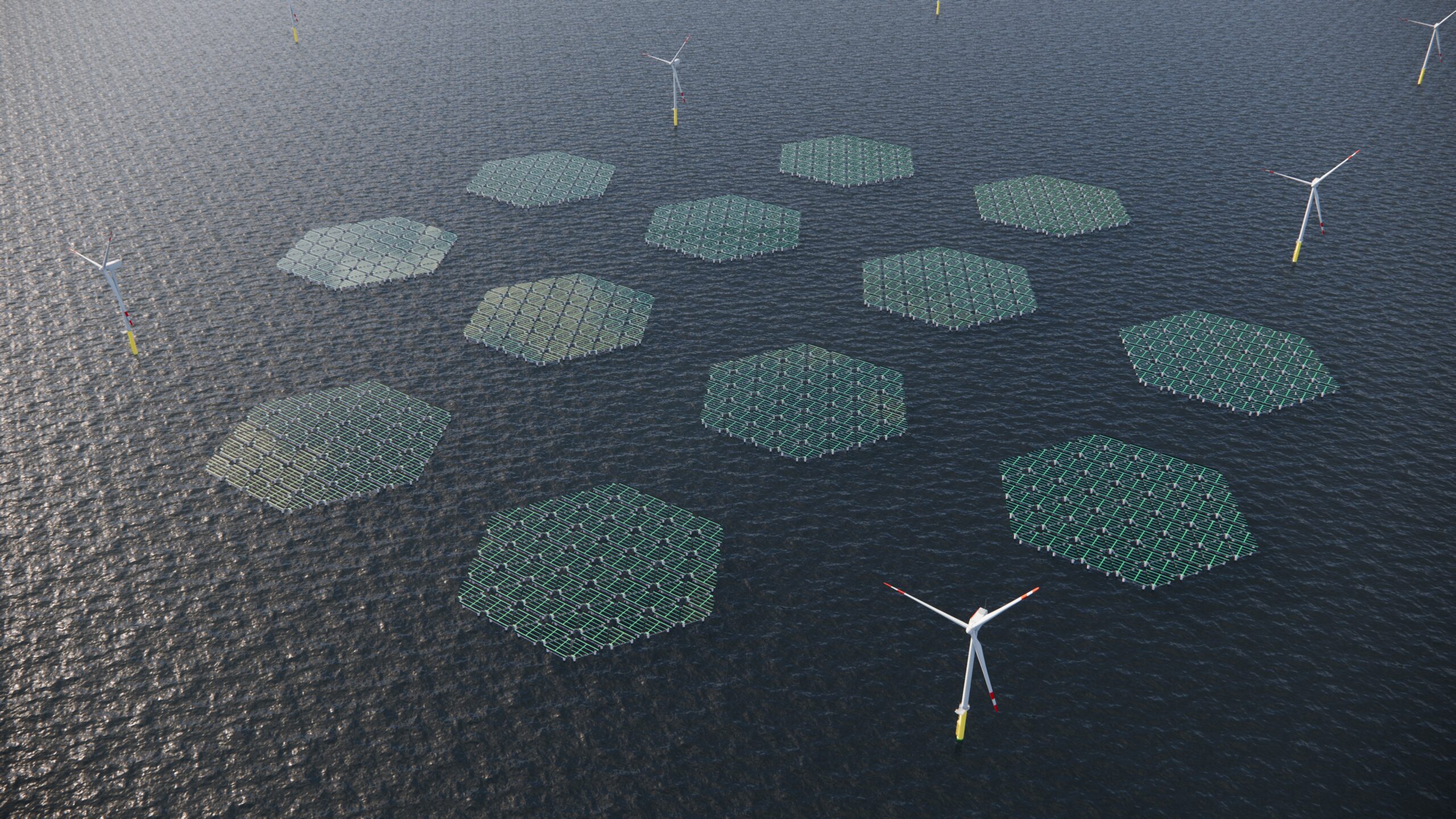
Economic factors are accelerating the shift to renewable energy, superseding policy measures. The UK, despite infrastructural challenges, has successfully migrated from fossil fuels, with a notable surge in wind power. China is set to achieve its 2030 renewable energy target five years early, driven by plummeting costs and robust project pipelines. The EU is also expected to more than double its solar capacity within the next four years, a response to energy security concerns and the ongoing energy crisis. Investments in renewable energy are outstripping those in fossil fuels, marking a promising trend for green power. This transition is not only driven by environmental concerns, but also by simple economics.
- Worldwide growth in renewables has surpassed expectations.
- With falling prices for renewables, this trend is set to continue.
- Economics, not policy, is now driving the energy revolution.
The underrated pace of green growth
Projections consistently underestimate the pace of green growth, as the renewable energy revolution continues to outperform expectations. Over the past decade, solar and wind power capacity has surpassed initial projections, and today’s estimates for 2030 are significantly higher than those made in 2006. The rapid maturation of renewable energy sources, coupled with falling costs and increased investments, has propelled the sector forward. As countries strive to meet their decarbonization goals, the momentum behind renewable energy is only expected to accelerate further. The transformative power of green energy has repeatedly defied projections, highlighting the resilience and potential of the sector to shape the future of global power supply.
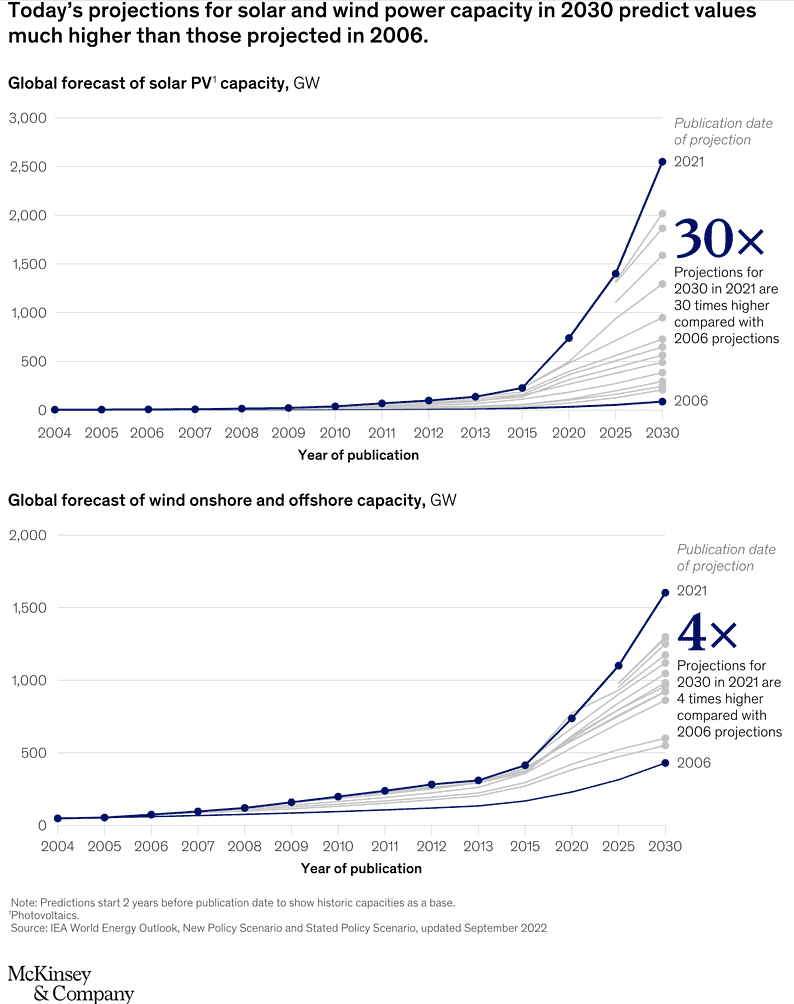
China: Leading the charge in renewable energy
In the race to renewable energy, China is undoubtedly a front-runner. The country, which accounts for approximately 50% of the world’s operational wind and solar capacity, is on track to double its solar and wind power capacity by 2025. This projection, according to a report by the Global Energy Monitor, will enable China to reach its 2030 renewable power target five years ahead of schedule.
Despite the country’s significant reliance on coal, the rapid growth of renewable energy in China is primarily driven by the falling costs of these sources. This economic factor has sparked a green power revolution, not only in China but globally, as investments in renewable energy begin to surpass those in fossil fuels.
EU: Solar power surge
The European Union is also making significant strides in renewable energy, particularly in solar power. The EU added a whopping 41.4GW of solar power capacity in 2022, representing an increase of nearly 50% compared to the previous year. This growth is expected to continue, with projections indicating that the EU’s solar market will more than double in the next four years.
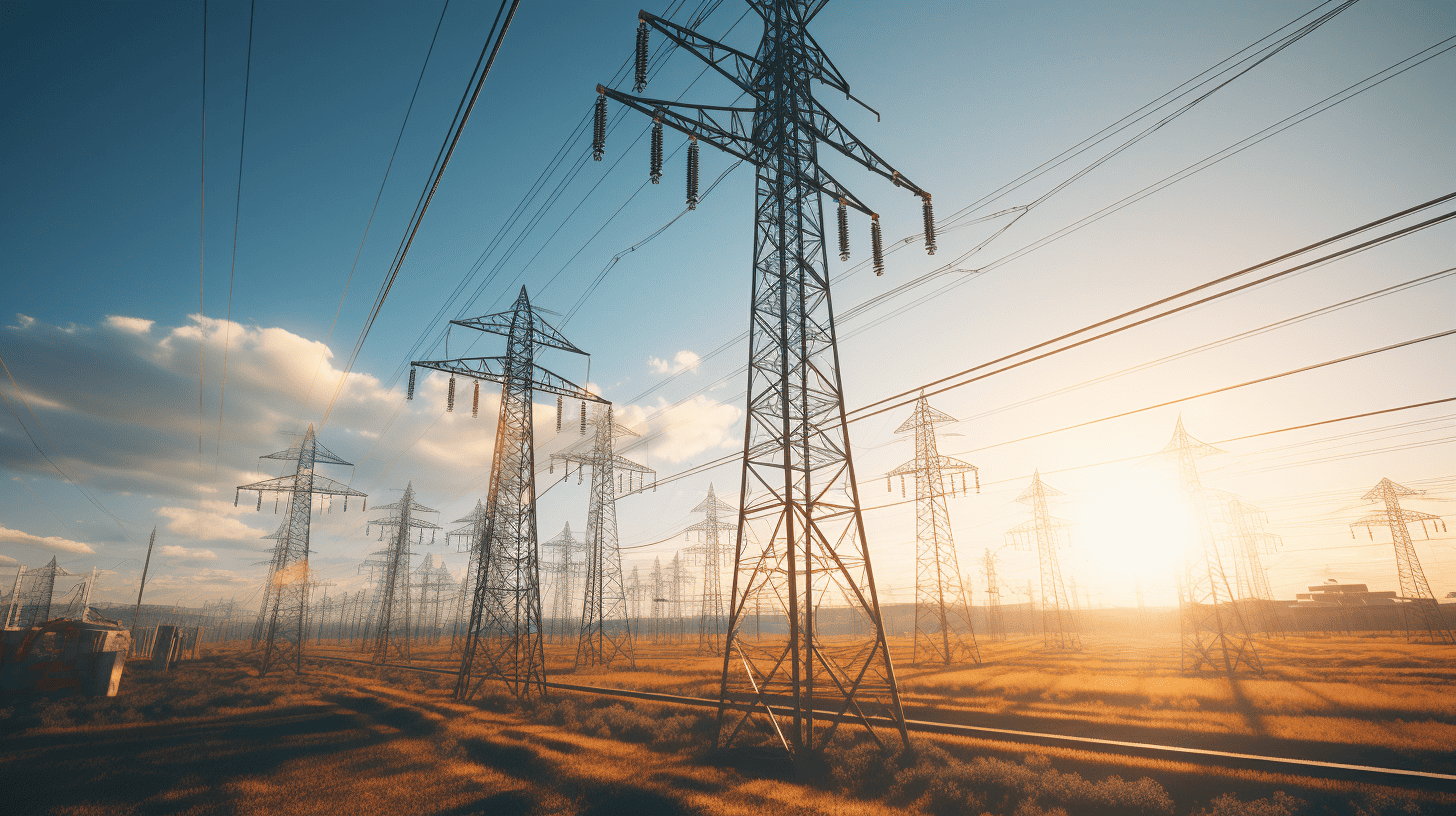
The driving forces behind this surge are multifaceted. Energy security concerns and the recent energy crisis have certainly played a role. However, the falling costs of solar power are a key factor, making it an increasingly attractive alternative to traditional energy sources.
US: A rising star in solar power
The United States, too, is making its mark in the renewable energy landscape. The country installed 17GWac (20.2GWdc) of PV and 14.1GWh of energy storage in 2022, with PV representing 46% of new U.S. electric generation capacity for that year. This growth in renewable energy adoption marks a significant increase from a decade ago, where PV made up just 4% of new capacity in 2010.
While the median system prices for utility-scale PV projects did increase by 13% in 2022, global module prices have been declining, reaching a two-year low in April 2023. This decreasing cost trend is indicative of the economic shift towards renewable energy sources.
The road ahead: Challenges and opportunities
Despite the impressive growth of renewable energy, challenges remain. The scarcity of top-quality land, labour shortages, supply chain pressures, and pressure on profits and returns are all emerging challenges for renewable energy developers. The integration of renewable energy into the power grid and the design of the power market also represent significant hurdles in the energy transition.
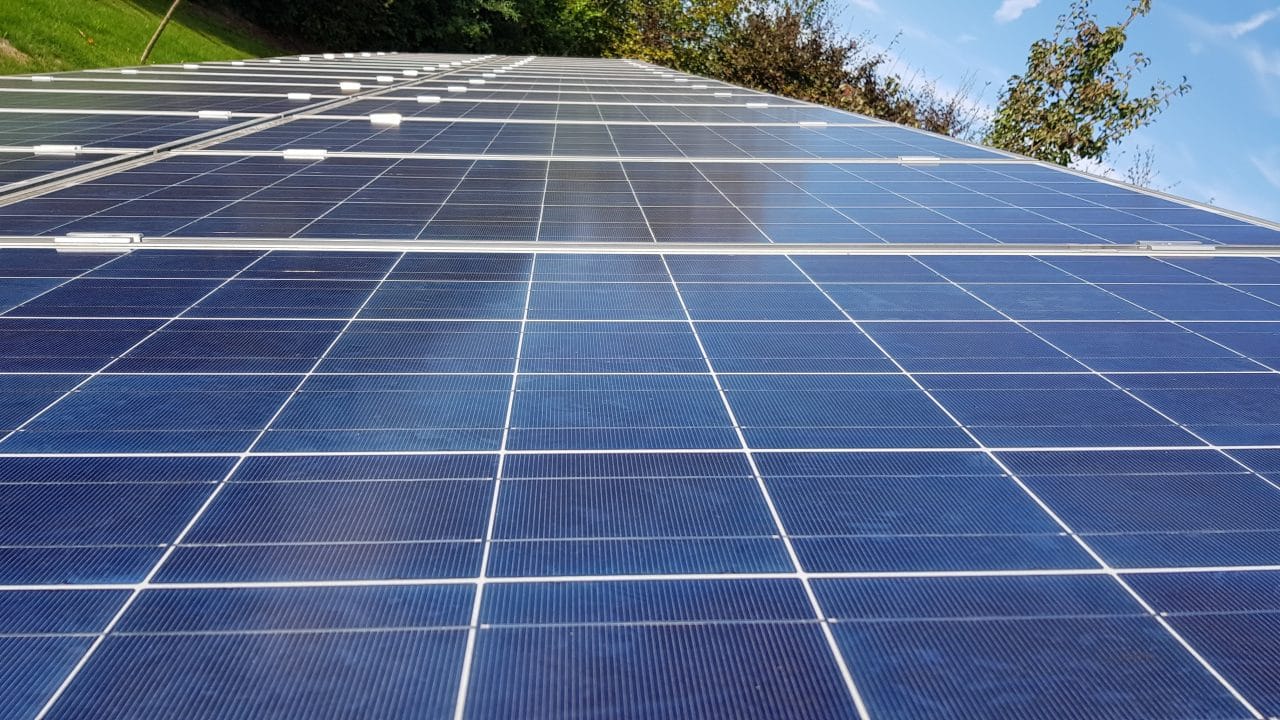
However, these challenges are not insurmountable. The falling costs of renewable energy sources continue to accelerate the energy transition. Investments in renewable energy now surpass those in fossil fuels, creating new avenues for economic growth and shifting the geopolitical balance of energy.
The renewable energy revolution is here and it’s being driven by economics. As countries around the world continue to tap into the potential of green power, it’s clear that the future of energy is not just green, but also economically viable.



